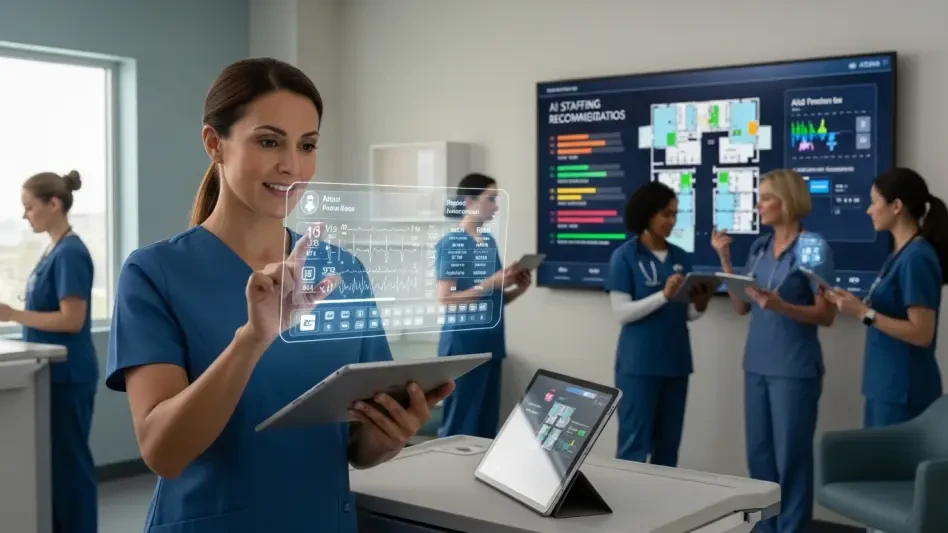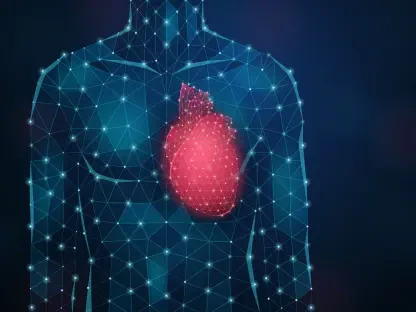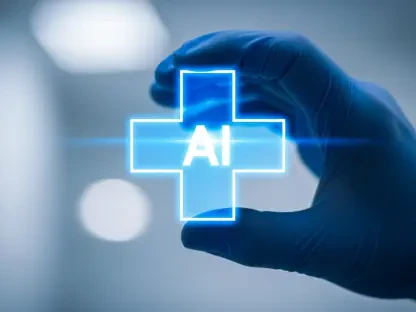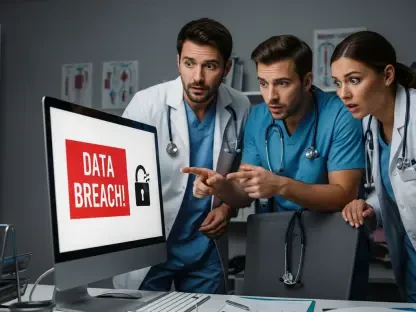I’m thrilled to sit down with Faisal Zain, a renowned expert in healthcare technology with a deep background in medical device manufacturing for diagnostics and treatment. Faisal has been at the forefront of driving innovation in the industry, and today we’re diving into the transformative potential of AI in healthcare, specifically through initiatives like nursing consortia, electronic health record integration, and cutting-edge partnerships. Our conversation explores how technology can alleviate workforce challenges, streamline clinical workflows, and ultimately improve patient care.
How did the idea of forming a nursing consortium come about, and what specific pain points in nursing were you hoping to address?
The concept of a nursing consortium emerged from a recognition of the immense pressure nurses face daily. Administrative burdens, staffing shortages, and burnout are rampant, and we saw an opportunity to bring together diverse health systems to collaboratively tackle these issues. Our focus was on reducing the time nurses spend on paperwork and documentation, which often pulls them away from patient care. By pooling insights from various organizations, we aimed to create tailored solutions that address real-world challenges like understaffing and the emotional toll of the job.
What goes into selecting health systems to join such a consortium, especially considering the diversity of their electronic health record environments?
Choosing health systems for a consortium involves looking at a mix of factors, including their technological infrastructure and geographic diversity. We wanted a range of EHR systems like Epic, MEDITECH, and Oracle Health to ensure our solutions are adaptable across different setups. It was also important to include both large networks and rural providers to capture a wide spectrum of nursing workflows and challenges. Compatibility with innovation and a willingness to collaborate on feedback were key criteria in building a group that could drive meaningful change.
Can you walk us through the primary goals of integrating electronic health records into clinical workflows through this kind of collaborative effort?
The main goal is to make EHRs a seamless part of a clinician’s day rather than a cumbersome burden. We’re working to ensure that data entry and retrieval don’t slow down nurses or disrupt their focus on patients. By integrating EHRs directly into workflows, we aim to automate repetitive tasks, improve accuracy, and ultimately save time. This also means creating interoperability across different systems so that no matter which platform a health system uses, the experience is consistent and efficient.
Tell us more about the initiative specifically designed for nurses and how it aims to support their daily responsibilities?
Our initiative for nurses is centered on reducing administrative overload. In its initial phase, it focuses on automating commonly used forms like patient assessments and intake documents, which take up a significant chunk of a nurse’s time. By using AI to streamline these processes, nurses can spend more time at the bedside. The technology is designed to be intuitive, minimizing the learning curve and ensuring it fits naturally into their routine without feeling like an additional task.
How does this technology plan to address deeper issues like workforce shortages and burnout in the nursing profession?
Workforce shortages and burnout are interconnected crises, and our technology aims to tackle them by lightening the load on nurses. By automating time-intensive tasks, we’re giving them back hours in their day to focus on patient interaction, which is often the most rewarding part of their job. Reducing the frustration of endless documentation can help lower stress levels and improve job satisfaction, which we hope will encourage more nurses to stay in the profession rather than leave due to exhaustion.
Can you share some insights on how partnerships with AI virtual care platforms enhance the impact of these initiatives?
Partnering with AI virtual care platforms allows us to scale our solutions rapidly and reach a broader network of hospitals. These collaborations bring expertise in virtual care delivery and ambient technology, which complements our focus on documentation. Together, we can offer hands-free tools that let clinicians complete notes or forms without stepping away from patients, enhancing both efficiency and the quality of care. It’s about creating a synergy where both technologies amplify each other’s strengths.
There are impressive claims about AI helping clinicians complete notes faster and boosting revenue. Can you explain how these outcomes are achieved in practice?
The speed comes from AI’s ability to listen to conversations between clinicians and patients and automatically generate clinical notes in real-time. This cuts down documentation time by nearly half, allowing providers to see more patients or spend more time with each one. As for revenue, the efficiency translates to better coding and billing accuracy, capturing more reimbursable services that might otherwise be missed. On average, this can add significant monthly revenue per user, directly impacting a health system’s bottom line while improving clinician satisfaction.
What is your forecast for the future of AI in transforming nursing workflows over the next decade?
I believe AI will become an indispensable part of nursing workflows in the next decade, evolving from a supportive tool to a core component of healthcare delivery. We’ll likely see AI handling even more complex tasks like predictive analytics for patient care and real-time decision support at the bedside. The focus will be on creating seamless, non-intrusive systems that empower nurses rather than add to their workload. If we continue to prioritize user feedback and adaptability, AI has the potential to not only ease burdens but also redefine how nursing is practiced, making it more sustainable and fulfilling.









